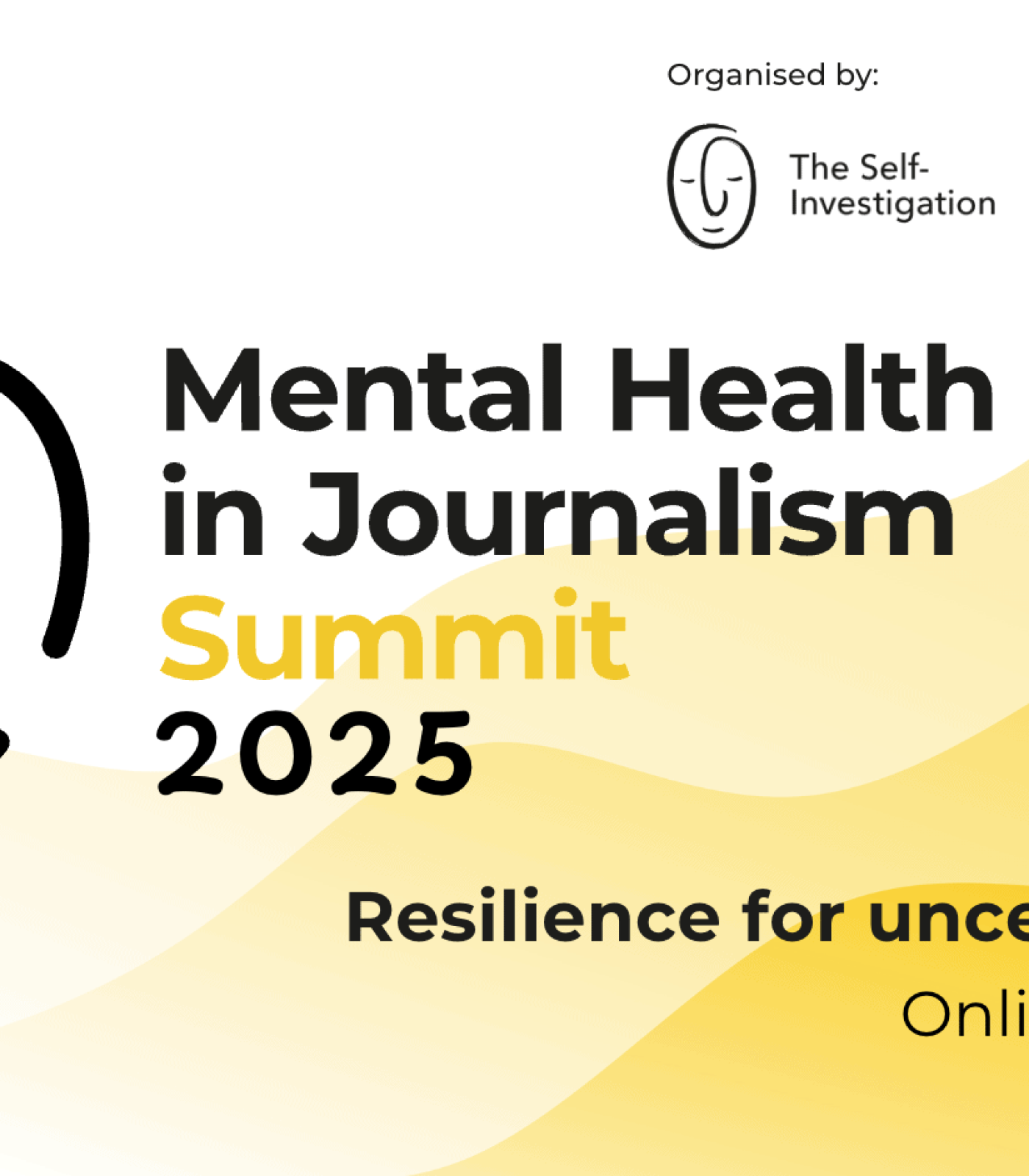English

Journalists and fact-checkers love the thrill of breaking news and the sense that the work they do matters. But that means that they often struggle to differentiate between what is urgent and what is important
As doing journalism seems to be getting more and more difficult around the world, we have been reflecting with partners and speakers about why it’s so important that we’re hosting the Mental Health in Journalism Summit (8-10 Oct.)
Spanish

Poner límites al tsunami digital, separar el trabajo de la vida privada, comprender mejor al equipo para lidiar con sus necesidades de forma más efectiva y aprender a cuidarse ante un trabajo altamente demandante –y en particular en un año con conflictos bélicos y elecciones en EE.UU. y otros muchos lugares– son los grandes desafíos de los chequeadores que participaron en el programa Cómo liderar en salud mental para chequeadores, que llega a su fin.
Reflexionamos sobre cómo comunicarnos para ayudar a los periodistas a proteger su salud mental en la cultura de la conexión permanente.




















